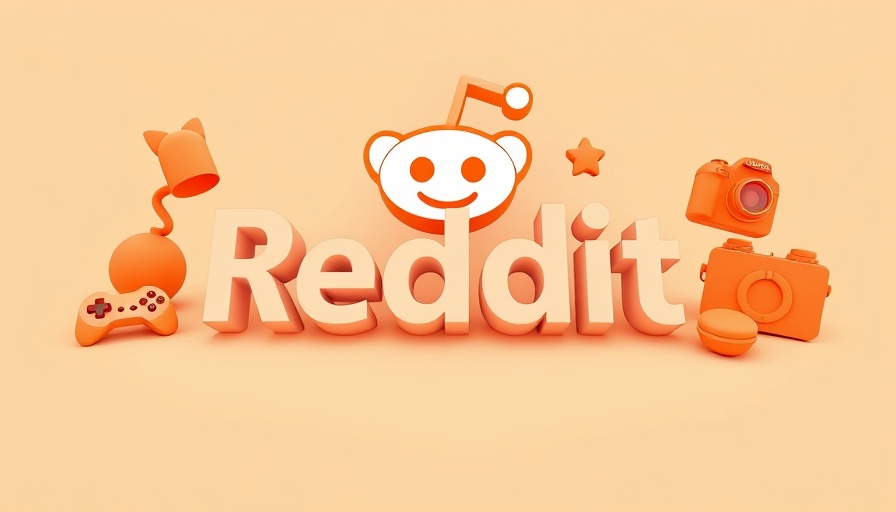
Why Chunk Optimization is Not the Holy Grail of SEO
The term “chunk optimization” has emerged as a buzzword in the SEO community, promising marketers an easy route to improved visibility in AI-driven search results. However, a closer examination reveals that this concept is more of a marketing gimmick than a robust strategy for enhancing online visibility.
Understanding the Basics: What is Chunk Optimization?
At its core, chunk optimization refers to the method of breaking content into smaller, manageable pieces. While it's somewhat favorable for user experience—enhancing readability and navigability—it doesn't yield direct improvements in search rankings. Misinterpreted by many, chunk optimization is often conflated with basic content structuring techniques such as short paragraphs, bullet points, and subheadings, which are indeed best practices for creating user-friendly content but are not exclusive to AI optimization.
The Mechanics Behind AI Search: Why Chunking Matters
To appreciate why chunk optimization fails as a strategy, one must understand how AI and language models function. Rather than “reading” text like humans, these systems tokenize content, breaking it down into smaller units for efficiency. Each token can represent a whole word or a portion of a word, which means that the structure you meticulously craft may not influence the AI's process significantly.
Chasing the Wrong Trend: The Dead End of Chunk Optimization
Currently, the chase for chunk optimization can lead to diminishing returns. Many practitioners invest significant time and resources trying to adhere to this trending analysis, when, in reality, the process of chunking is automated and influenced by the algorithms and models used by AI systems. Different language models operate under varying contexts and frameworks, meaning their approach to chunking can differ drastically. Attempting to control these variables is futile, as you cannot dictate how Google or any other AI interprets your content.
Atomic Content: A More Effective Strategy
Instead of wasting efforts on chunk optimization, marketers should consider focusing on atomic content creation. This involves generating clear, self-contained segments that directly answer specific queries. Such content not only remains relevant for AI systems but also proves invaluable for human readers. By breaking down complex topics into standalone sections that readers can digest easily, you increase the likelihood of serving both audiences efficiently.
The Bigger Picture: AI in the Marketing World
Understanding the nuances of AI in digital marketing is crucial today. The promise of AI-driven solutions continues to expand, with techniques such as Retrieval-Augmented Generation (RAG) gaining traction. This process utilizes small sections of relevant information pulled from vast databases, subsequently serving them to users in coherent snippets. Marketers must evolve their strategies to keep pace with these advancements.
Reassessing the Value of SEO Strategies in Light of AI
With the landscape of digital marketing shifting rapidly, it’s essential to stay informed about SEO updates and trends in the industry. The increasing importance of AI and its implications for search engine algorithms challenge traditional practices. This necessitates a shift from gimmicky tactics like chunk optimization towards more holistic approaches that prioritize factors like user engagement, content quality, and algorithm adaptability.
Take Action: Rethink Your SEO Strategy
If you're currently entangled in the allure of chunk optimization strategies, it might be time to reassess your SEO tactics. Embrace content structuring that prioritizes clarity and utility for your target audience. Tailor your strategies to adapt to AI’s ever-evolving landscape by focusing on producing high-quality, self-contained segments of information. This will not only enhance your chances of capturing audience interest but will also align better with the underlying mechanics of AI-driven search.
Conclusion: The Path Beyond Chunking
In summary, while chunk optimization presents itself as an appealing strategy within the SEO landscape, marking it as a revolutionary approach undermines the complexities of AI-driven search. Instead, marketing professionals should sharpen their focus on more effective practices that transcend gimmicky trends. Commit yourself to creating atomic content designed for both users and AI, bolstering the potential for meaningful engagement and improved visibility.
 Add Row
Add Row  Add
Add 




Write A Comment